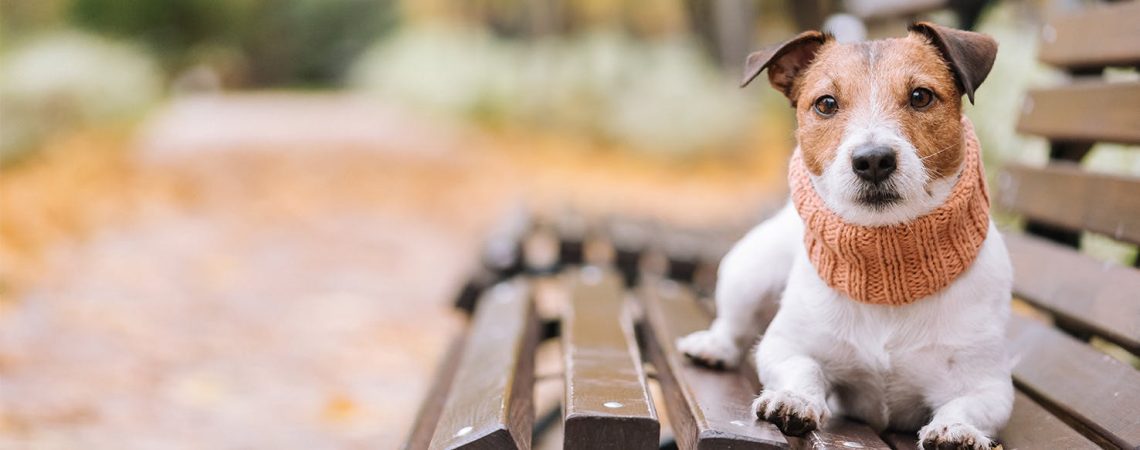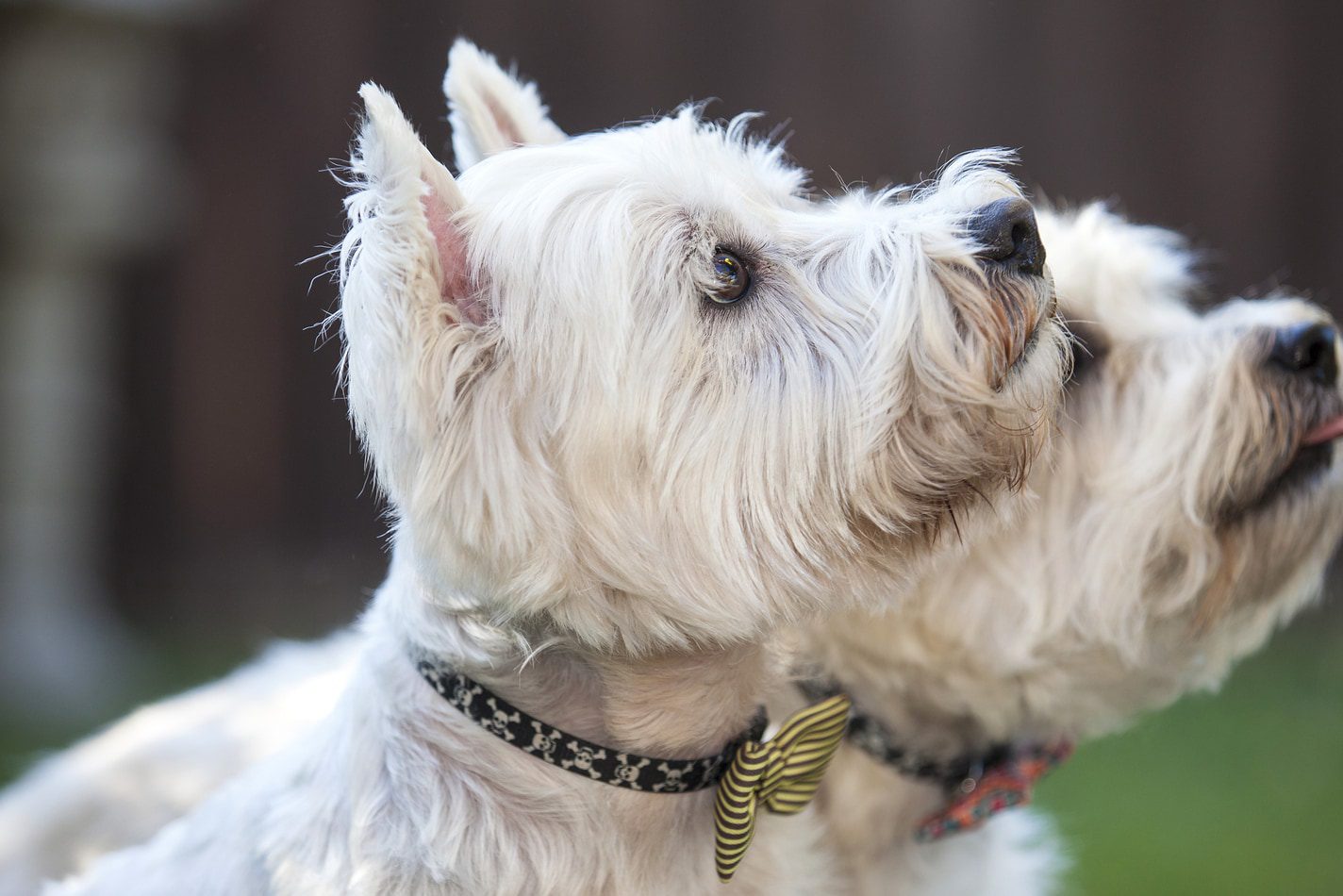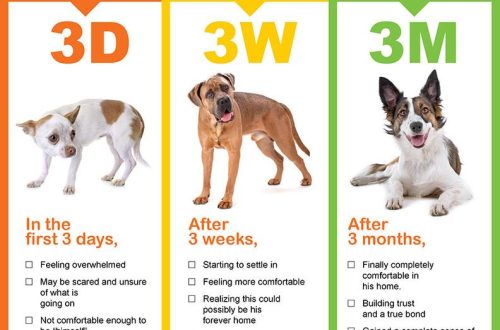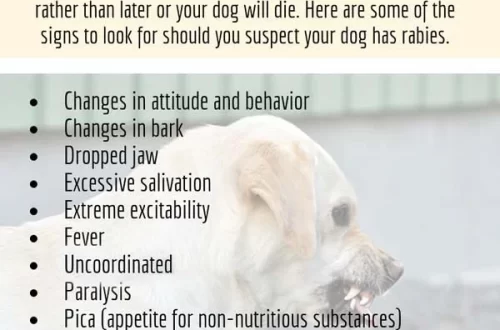
Hiki i nā ʻīlio ke lili a manaʻo i ka pono ʻole?
We’ve all seen little kids get jealous and scream, “That’s not fair!” But what about your pets? Do dogs get jealous? And if they feel unfair, what can owners do to deal with it and treat everyone equally? The truth is that pets can be jealous, and how researchers have defined this is an interesting insight into dog behavior.
Contents
Finding out what justice means
It has long been believed that humans are the only ones who recognize injustice and show jealousy when they feel they are being mistreated. Further research showed that the monkeys also protested against unequal treatment. A study by behavioral researcher Frederica Range looked at whether dogs can also show jealousy, NPR reports. When the dogs in the study were asked to give a paw, all dogs responded to the request. Over time, the researchers began to reward some dogs with food, and other dogs were allowed to observe it but not given the treat when they completed the same task. Those who did not receive food began to doubt whether to give a paw. Eventually, many of the dogs that were not rewarded stopped obeying altogether. Range’s conclusion was that dogs feel resentful if they think someone in the pack is being treated differently.
If you have several dogs at home, you may also have noticed that if one of them gets a treat, the others expect it too. In homes with multiple pets, it’s important to try to keep things fair. Over time, jealous animals may start exhibiting unwanted behaviors—and they may not just refuse to give a paw.
The dog’s jealous behavior is most likely due to the fact that they are pack animals, and although they see you as the leader of their pack, they always try to be next in line. This does not mean that they will behave aggressively towards each other, but it also does not mean that the pride of one of them will not be hurt if they feel unfair. This behavior can be shown towards people (for example, newborn children in the house), as well as other dogs.
Learning to Understand Dog Behavior
A dog’s behavior can tell its owner more than you might think. For example, if a pet sits at your feet or between your legs, she may feel anxious. By carefully and regularly observing each of your dogs, you can better understand how you interact with each other as a family.
Do pets show jealousy at home the same way they do in the behavioral lab? A jealous dog may stop obeying simple commands, as dogs in the study did, but there are other signs that it is resentful. She may try to get between you and other pets and people, start avoiding people or other animals, or become aggressive towards other pets she thinks are better treated. As a pet owner, you need to ensure that attention, treats, play time, and rewards are shared equally. If you need to give one of the dogs something different, like a spoonful of peanut butter with a pill hidden in it, or a reward for toilet training, do it in a separate room.
Creating a supportive and happy environment
Because animals can feel unfair, proud owners of multiple dogs should strive to create an environment where everyone’s needs are met. If you can treat all your pets fairly, they are less likely to show signs of envy. If you start noticing that one of your dogs is showing jealousy, try to find ways to bond with her and rebuild trust. A strong bond between dog and owner is the best way to keep everyone happy.






